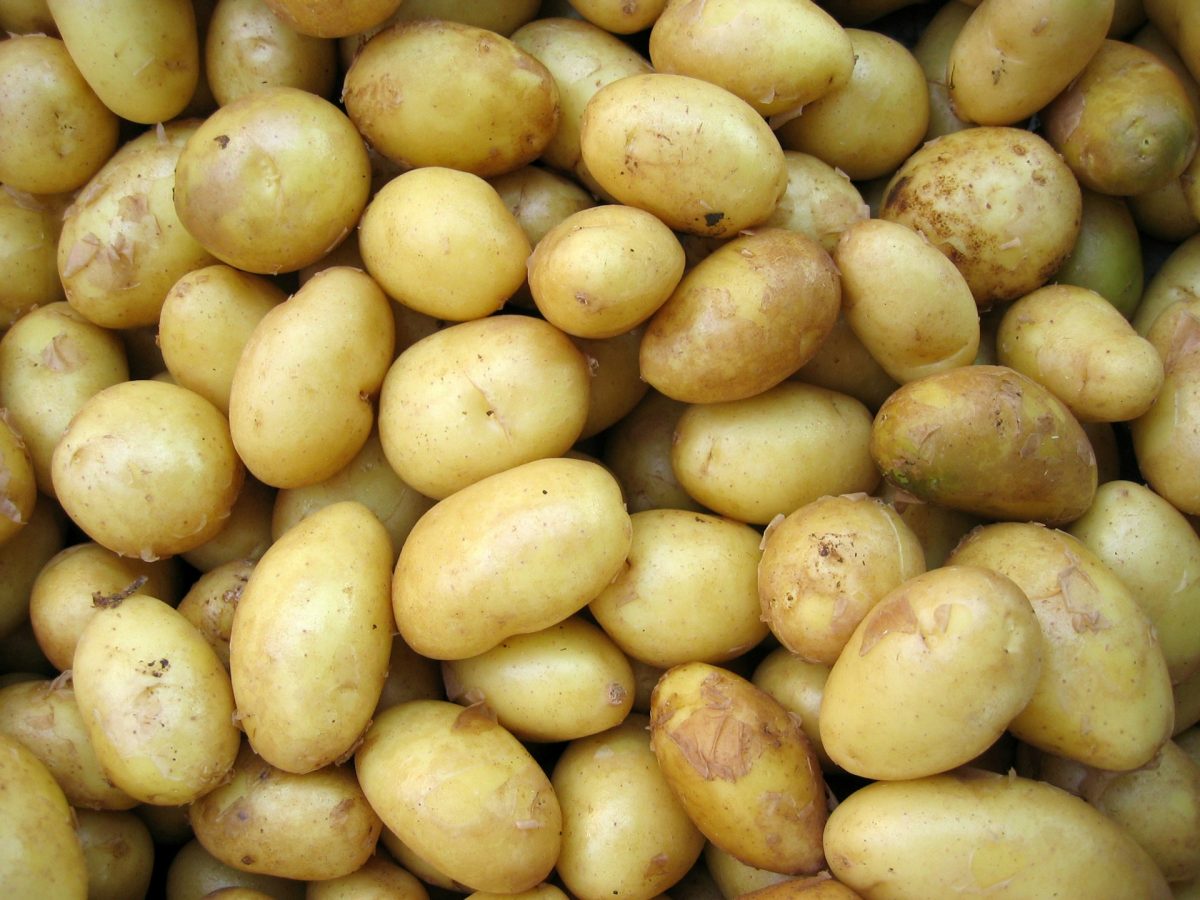

Among the most often consumed and cherished meals available worldwide are potatoes. Many diets centre on them whether mashed, fried, baked, or boiled. Beyond their great adaptability, though, most people are unaware of several startling facts regarding a potato. From their prehistoric beginnings to their surprising applications, potatoes are more intriguing than you might believe.
Although many people link potatoes with Ireland, they really started in South America. Over 7,000 years ago, in the Andes Mountains of modern-day Peru and Bolivia, they were first recognised to be grown. First to see the potential of the potato as a staple diet were indigenous civilisations including the Incas.
These were carried back to Europe by Spanish explorers arriving in South America in the 16th century, and soon they became a staple food there. Now among the most extensively farmed crops worldwide are potatoes.
Not every potato is built equally! Although most supermarkets only stock a few familiar varieties, they come in about 4,000 different kinds globally. These span size, form, texture, and color—including purple, red, yellow, and even blue potatoes.
Various kinds are better suited for various cooking techniques. As a result:
You’re losing a universe of tastes and textures if you only eat one or two types of potato!
NASA has successfully grown potatoes in space, did you know? To investigate how crops might be grown on Mars and other worlds, researchers have been testing controlled settings for producing them. They are a great fit for space farming since they are nutrient-dense, low-maintenance, and demand little resources.
Not only are astronauts involved in this project; but studies on potatoes in space also enable scientists to increase food security and agricultural yields here on Earth.
Unbelievably, many people in Europe were terrified of potatoes when they first arrived. Given that some of them belong to the nightshade family—which contains several poisonous plants—people believed they were deadly. Others thought they brought disease, and some areas even outlawed them.
To get people to eat potatoes in France, a creative marketing approach was used. Planting a potato crop, Antoine-Augustin Parmentier, a French chemist, ringed it with guards. He had the guards leave at night, and enticed local peasants to “steal” the produce. The plan worked; people began eating them and their appeal grew.
The end of food shortages in Europe owed much to potatoes. Particularly in Germany, Ireland, and Scotland, they helped sustain rising populations since they grow rapidly, yield great amounts, and are rich in nutrients. Not even considered was the fact that potatoes last for a long time.
Still, the potato also had a sad part to perform in history. The terrible Irish Potato Famine resulted from a fungal illness known as the potato blight wiping off Irish crops in the 1840s. Either starving or forced to flee, millions of people perished. This event permanently changed Irish history and demographics.
Unbelievably, a potato could run a lightbulb. When combined with metal electrodes, potatoes—which contain electrolytes—can conduct electricity. This is a common enjoyable experiment used by science teachers and students to show how chemical energy might be transformed into electrical energy.
Although a potato won’t likely be running your house anytime soon, experts are looking at how potato-powered batteries might be utilised as a substitute energy source in outlying places.
Though they are sometimes seen as a “comfort food,” they are rather nutrient-dense. They abound in vital minerals and vitamins, among which are:
The issue is our preparation of the potato, not its nature. Deep frying and smothering a potato with cheese or butter can turn it bad. But potato is a good and filling accompaniment to any dish baked, boiled, or roasted.
Potatoes have been so valuable historically that they were once exchanged for money. Declared a “royal crop,” King Frederick the Great urged citizens of Prussia in the 18th century to plant and consume them. They were also utilised as a kind of tax payment in some areas.
At 10 pounds, 14 ounces—about the weight of a small watermelon—a British farmer raised the biggest potato in the world in 2011! This enormous spud established a world record and showed how big a potato might grow given the proper environment.
Though most people peel potatoes before eating them, did you know that the skin is the most nutritional component? Potato skins abound in vitamins, antioxidants, and fibre. Eating a potato with its skin on will maximise their health advantages from this little food.
Though they seem like any other dish, potatoes have surprises. From their prehistoric beginnings to its surprising applications in space travel and energy, they are more than simply a side dish—they are a fundamental component of history, nutrition, and even science.
Therefore, keep in mind that the meal you are savoring—mashed potatoes or crispy fries—has a rich and interesting narrative. Who would have guessed the modest potato could be so remarkable?
Getting the right gift for your high-value clients can foster a lasting relationship and positive…
Cyrus Nikou stands as a distinguished entrepreneur and philanthropist, renowned for his strategic prowess in…
Biometric security is gaining attention as concerns about digital privacy continue to grow worldwide. Momentarily,…
Parker Scott is the son of Kimberly Anne Scott, Eminem's ex-wife. Unlike his half-sister Hailie…
Digital marketing refers to the practice of employing online channels such as search engines, social…
Companies must adopt swift changes in virtual landscapes if they are to retain a competitive…